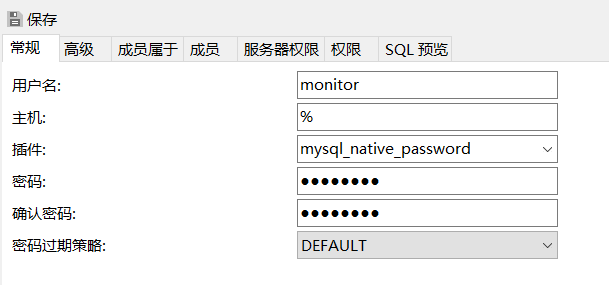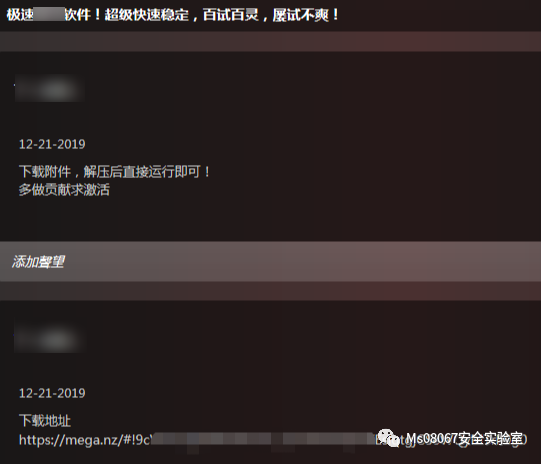Is there any difference between git gc and git repack -ad; git prune?
If yes, what additional steps will be done by git gc (or vice versa)?
Which one is better to use in regard to space optimization or safety?
问题:
回答1:
Is there any difference between
git gcandgit repack -ad; git prune?
The difference is that by default git gc is very conservative about what housekeeping tasks are needed. For example, it won't run git repack unless the number of loose objects in the repository is above a certain threshold (configurable via the gc.auto variable). Also, git gc is going to run more tasks than just git repack and git prune.
If yes, what additional steps will be done by
git gc(or vice versa)?
According to the documentation, git gc runs:
git-prunegit-refloggit-repackgit-rerere
More specifically, by looking at the source code of gc.c (lines 338-343)1 we can see that it invokes at the most the following commands:
pack-refs --all --prunereflog expire --allrepack -d -lprune --expireworktree prune --expirererere gc
Depending on the number of packs (lines 121-126), it may run repack with -A option instead (lines 203-212):
* If there are too many loose objects, but not too many * packs, we run "repack -d -l". If there are too many packs, * we run "repack -A -d -l". Otherwise we tell the caller * there is no need. if (too_many_packs()) add_repack_all_option(); else if (!too_many_loose_objects()) return 0;
Notice on line 211-212 of the need_for_gc function that if there aren't enough loose objects in the repository, gc is not run at all.
This is further clarified in the documentation:
Housekeeping is required if there are too many loose objects or too many packs in the repository. If the number of loose objects exceeds the value of the
gc.autoconfiguration variable, then all loose objects are combined into a single pack usinggit repack -d -l. Setting the value ofgc.autoto0disables automatic packing of loose objects.If the number of packs exceeds the value of
gc.autoPackLimit, then existing packs (except those marked with a.keepfile) are consolidated into a single pack by using the-Aoption ofgit repack.
As you can see, git gc strives to do the right thing based on the state of the repository.
Which one is better to use in regard to space optimization or safety?
In general it's better to run git gc --auto simply because it will do the least amount of work necessary to keep the repository in good shape – safely and without wasting too many resources.
However, keep in mind that a garbage collection may already be triggered automatically following certain commands, unless this behavior is disabled by the setting the gc.auto configuration variable to 0.
From the documentation:
--auto
With this option,git gcchecks whether any housekeeping is required; if not, it exits without performing any work. Some git commands rungit gc --autoafter performing operations that could create many loose objects.
So for most repositories you shouldn't need to explicitly run git gc all that often, since it will already be taken care of for you.
1. As of commit a0a1831 made on 2016-08-08.
回答2:
git help gc contains a few hints...
The optional configuration variable gc.rerereresolved indicates how long records of conflicted merge you resolved earlier are kept.
The optional configuration variable gc.rerereunresolved indicates how long records of conflicted merge you have not resolved are kept.
I believe those are not done if you only do git repack -ad; git prune.
回答3:
Note that, which git prune is run by git gc, the former has evolved with Git 2.22 (Q2 2019)
"git prune" has been taught to take advantage of reachability bitmap when able.
See commit cc80c95, commit c2bf473, commit fde67d6, commit d55a30b (14 Feb 2019) by Jeff King (peff).
(Merged by Junio C Hamano -- gitster -- in commit f7213a3, 07 Mar 2019)
prune: use bitmaps for reachability traversalPruning generally has to traverse the whole commit graph in order to see which objects are reachable.
This is the exact problem that reachability bitmaps were meant to solve, so let's use them (if they're available, of course).
See reachability bitmap here.
Here are timings on git.git:
Test HEAD^ HEAD ------------------------------------------------------------------------ 5304.6: prune with bitmaps 3.65(3.56+0.09) 1.01(0.92+0.08) -72.3%And on linux.git:
Test HEAD^ HEAD -------------------------------------------------------------------------- 5304.6: prune with bitmaps 35.05(34.79+0.23) 3.00(2.78+0.21) -91.4%The tests show a pretty optimal case, as we'll have just repacked and should have pretty good coverage of all refs with our bitmaps.
But that's actually pretty realistic: normally prune is run via "gc" right after repacking.Notes on the implementation: the change is actually in
reachable.c, so it would improve reachability traversals by "reflog expire --stale-fix", as well.
Those aren't performed regularly, though (a normal "git gc" doesn't use--stale-fix), so they're not really worth measuring. There's a low chance of regressing that caller, since the use of bitmaps is totally transparent from the caller's perspective.





